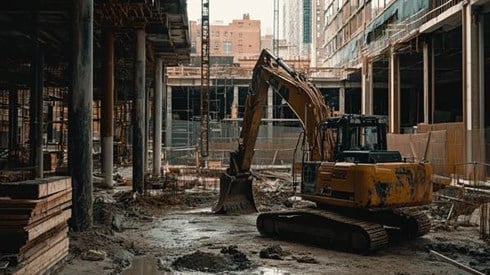US Insurers See $100B Net Income in 2024 Despite Catastrophe Losses

March 28, 2025

The US property and casualty insurance industry rebounded in 2024, reporting a net income of $170 billion, according to Verisk and the American Property Casualty Insurance Association (APCIA). Adjusted for $70 billion in capital gains realized by a single insurer, the industry's core net income stands at $100 billion.
For the first time in 4 years, insurers posted a full-year underwriting gain, totaling $24.8 billion, reversing a $21.8 billion loss from 2023. Verisk attributed the improvement to premium increases that better reflect risk exposures. Total premiums written rose to $926 billion from $851 billion in 2023, and earned premiums climbed 9.8 percent to $895 billion.
"While many of the loss drivers of 2023 persisted into 2024, the industry's ability to bring premiums closer to the requisite levels has led to an underwriting gain for the first time since 2020," said Saurabh Khemka, co-president of underwriting solutions at Verisk.
Despite this progress, Mr. Khemka said the industry continues to face challenges, especially in property insurance, due to increasingly severe and frequent natural catastrophes. Last year was the second worst for catastrophe losses since 1950, with most damages caused by hurricanes and convective storms. Hurricane Milton and a series of late-season events led to a 113 percent spike in fourth-quarter catastrophe claims compared to the same period in 2023.
Personal auto insurance results improved in 2024, largely due to premium adjustments. Commercial auto premiums also increased, though at a slower pace than in the previous year. Mr. Khemka said insurers must continue balancing pricing, risk selection, and claims management, supported by advanced technology and data analytics.
The industry's combined ratio—a key measure of profitability—improved to 96.4 in 2024 from 101.6 in 2023. Incurred losses and loss adjustment expenses rose only 1.9 percent, a sharp decline from the 10.1 percent increase seen the year prior. Policyholders' surplus rose to $1.082 trillion, up from $1.013 trillion at the end of 2023.
"The property casualty insurance industry continued to stabilize in 2024, with a swing from close to a $22 billion net underwriting loss to a nearly $25 billion net underwriting gain," said Robert Gordon, senior vice president of policy, research, and international at APCIA. He noted that roughly 40 percent of the year's net income was driven by capital gains from stock sales by a multinational conglomerate owning multiple insurers.
However, Mr. Gordon said ongoing issues remain. Homeowners insurers are expected to report a seventh consecutive year of underwriting losses, including record insured losses from the California wildfires in January. Personal auto insurance loss ratios, while improved, continue to be affected by inflation and litigation. Proposed tariffs could add $7 billion to $24 billion in annual claims costs.
Mr. Gordon also said insurers are boosting reserves due to worsening social inflation and legal pressures. Market concerns in California include potential retroactive changes to claims standards and expanded coverage for wildfire smoke in an already stressed homeowners market.
The second half of 2024 saw notable gains, with net underwriting income rising to $21.0 billion, up from $3.8 billion in the first half and $1.7 billion in the same period of 2023. This improvement came despite the impact of Hurricanes Helene and Milton. The combined ratio improved to 95.3 from 99.1, and net written premiums increased by 6.9 percent year over year.
Preliminary results were based on regulatory filings from insurers representing about 97 percent of all businesses underwritten by private US property and casualty insurers.
March 28, 2025
